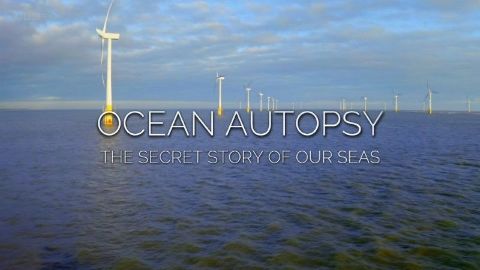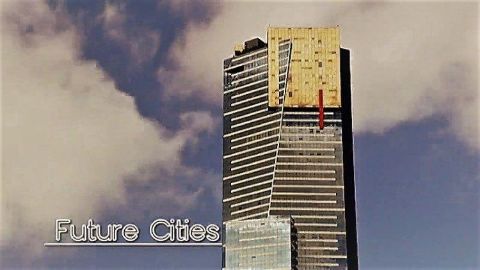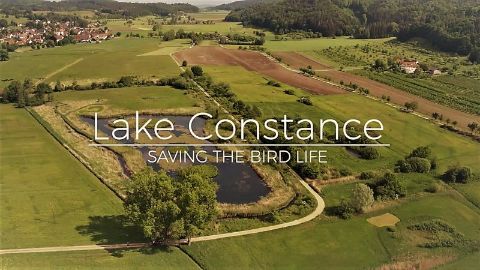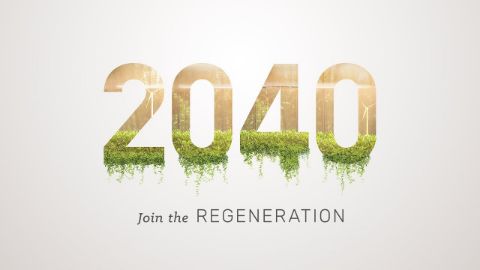You might also like
Two-thirds of our planet is covered in water, split into five distinct oceans, but in reality, Earth's seas are part of one huge global water system - a system that has been instrumental in shaping our destiny for millions of years. Now, however, in the 21st century, it is mankind that is shaping the destiny of our oceans. In unprecedented ways, humans are changing our seas and the life within. The ocean bed, the currents, marine life, even the water itself is transformed by what we are putting into our oceans.
2020 • Environment
From desalination plants to the "Billion Oyster Project," witness humankind's efforts to meet our freshwater needs.
S1E3 • Age of Humans • 2021 • Environment
It's amazing to think that in the 1900s a mere tenth of the world's population lived and worked in cities. Now it is over half. With soaring populations, how will we keep our cities live-able? And what will the city of tomorrow look like?
4/10 • Catalyst: Season 1 • 2015 • Environment
The picturesque Lake Constance region is characterized by intensive agriculture - with dramatic results for the bird life. Since 2003, the ornithologist Professor Peter Berthold has been creating new habitats for birds - alongside cultivated landscapes.
S1E5 • Paradise Preserved • 2019 • Environment
Practical solutions to environmental concerns are addressed with the hope that the filmmaker's daughter, 21 years old in the year 2040, will face a hopeful future.
2019 • Environment
What would happen if, tomorrow, every single person on Earth simply disappeared? Not dead, simply gone, just like that. A world without people, where city streets are still populated by cars, but no drivers. A world where there is no one to fix bridges or repair broken windows…
2008 • Environment





